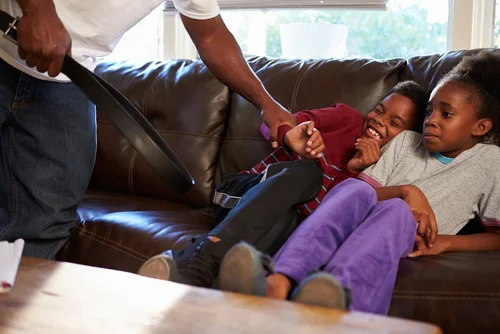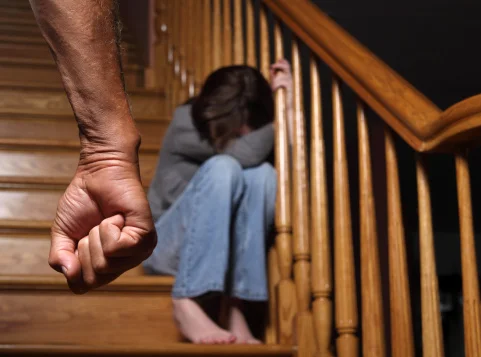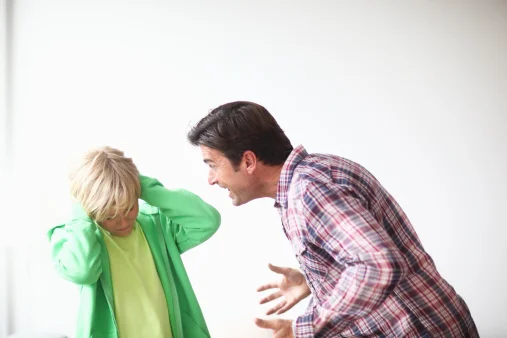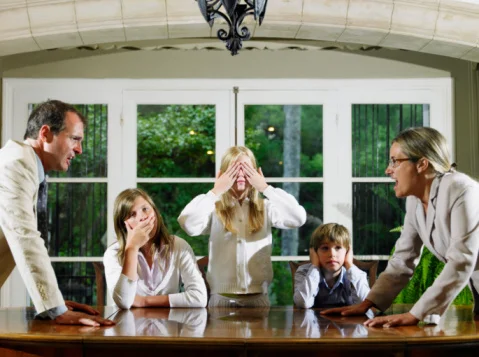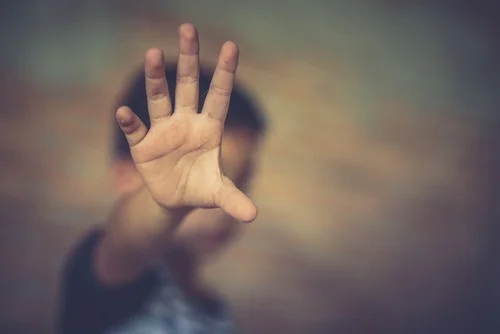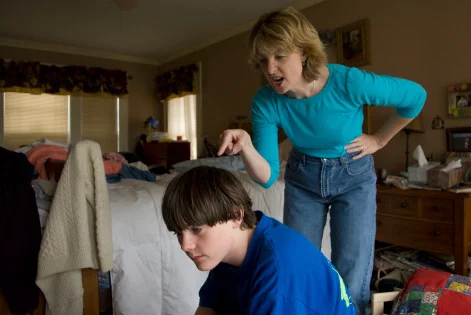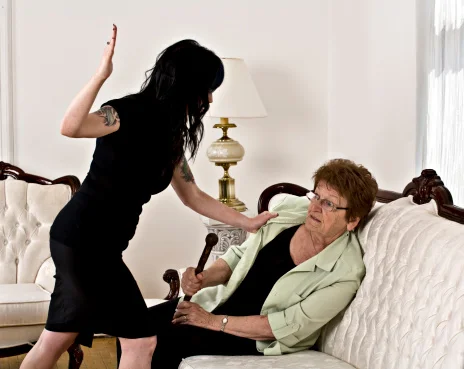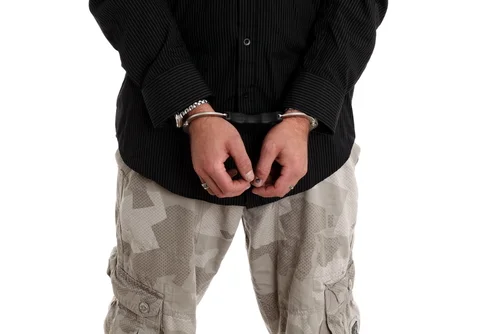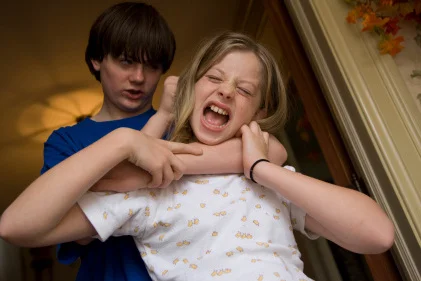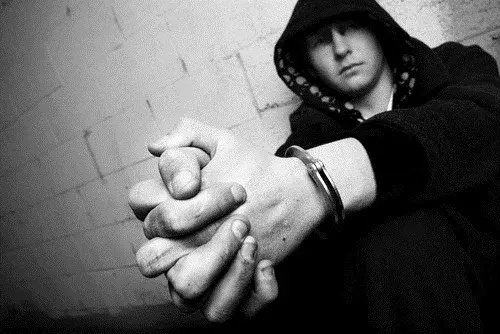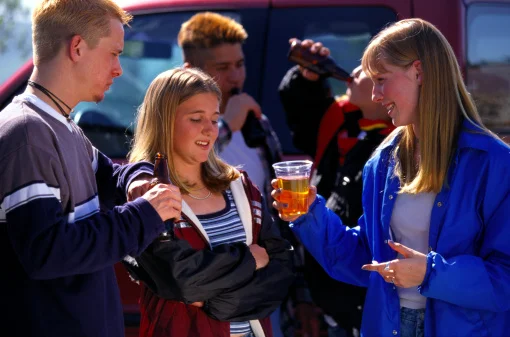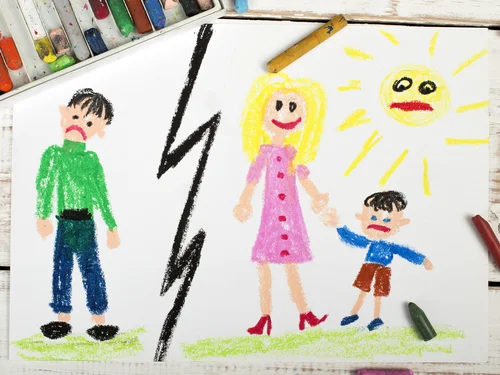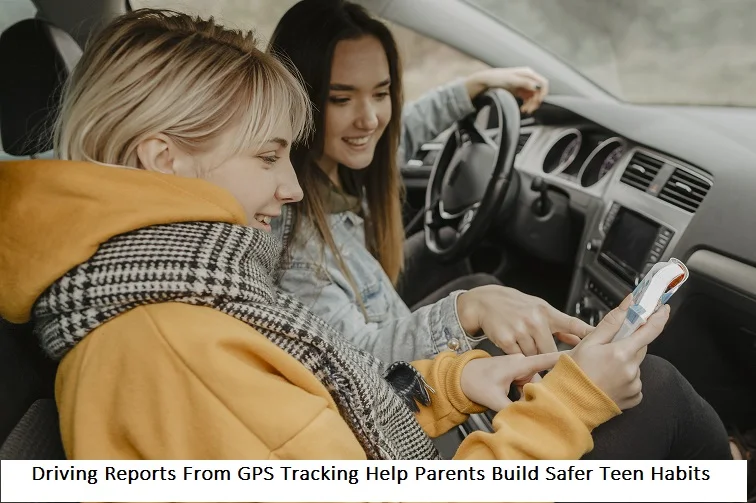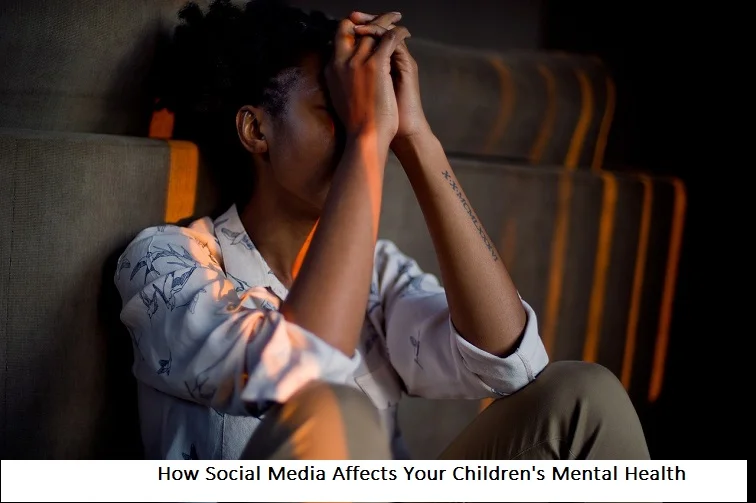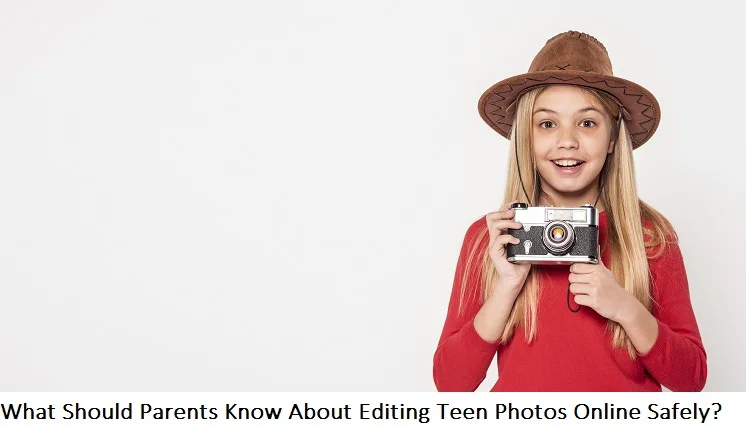+1 845 259 2974 (11 a.m to 7 p.m CST)
The Woes of Adoption: Does it Add to Threat of Child Abuse
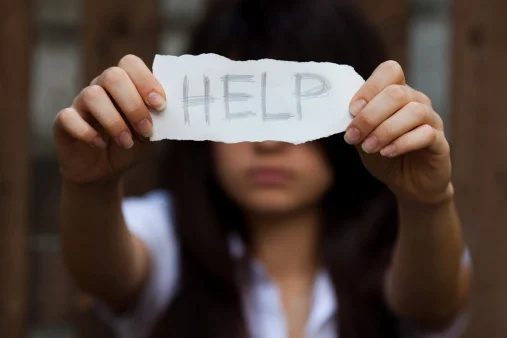
When orphans Sean Paddock, Hanna Williams and Lydia Schatz got adopted by their respective foster parents, they probably felt like they’re the luckiest kids on the planet. Within a period of five years, all three of them were resting in peace six feet under, allegedly punished to death in a brutal and agonizing manner by their “saviors”. For orphan kids, getting adopted into a good family is nothing short of a dream come true. Living in an orphanage and getting reminded of the heartrending fact that they’re deprived of one of the most coveted gifts of life, parents, can be a tormenting experience for kids. However, an exit from this torment may not necessarily guarantee absolute salvation for them, as was seen in the case of these three kids. There seems to be a connection between adoption and child abuse, though the extent and validity of this link remains debatable.
The potential contribution of adoption to child abuse
Although there’s nothing in the child abuse facts that concretely links adoption to increase in likelihood of child abuse, there have been enough cases of violent abuse by adoptive parents to suggest otherwise. There are a number of factors that contribute to it. Some adoptive parents realize only after they’ve adopted a child that they’re not ready to handle the responsibility. This manifests into aggression towards the adopted kid. Mental issues, drinking problems and drug addiction can further raise the likelihood of child abuse within what is clearly a dysfunctional family.
The psychological and physical condition of adopted kids also raises the risk of them getting subjected to abuse by their foster parents. Life at the orphanage or shifting from one foster caregiver to another can cause kids to develop Reactive Attachment Disorder. This involves the inability to bond with someone emotionally, and develop a higher threshold for pain. Some parents may not be expecting to face difficulty to connect with their adopted children or to handle them differently than their biological kids. Frustrated and angry, they become aggressive, consequently verbally or physically abusing them. Due to the high threshold for pain in children suffering from Reactive Attachment Disorder, the abuse can escalate to violent levels before the desired response is received. The tragic fate of Sean, Hanna and Lydia could have stemmed from one of more of the aforementioned factors.
The complete picture
The death of the three kids at the hands of their adoptive parents was indeed tragic. However, it is important to understand that adoption may not necessarily have been the cause of violent abuse. Rather, it may simply have been a facilitating factor. Factors such as physiological disorders and experiences of the kids, along with mental illness and readiness of the adoptive parents are what contribute to it. Adoption instills hope in kids for a better and brighter future, and often delivers on its promise. Far more adoptive parents and kids have benefited from child adoption than those who’ve suffered.
Mitigating the risk of child abuse in adoption
Debatable as it is, the connection between adoption and higher likelihood of child abuse cannot be ignored. Governments need to play their part of curb the issue by ensuring a peaceful and loving atmosphere in orphanages for healthy brain development. The screening procedures also need to be improved in order to ascertain that the parents interested in adoption are mentally fit and ready for the responsibility. Parenting classes for the adoptive parents should be made permanent. Child protective services should make it a point to make frequent and unannounced visits to the adoptive family to confirm if everything is going well.
Receiving protection and an environment of healthy development is the birth right of every child. Governments, child protective services, and foster caregivers must ensure that they are fulfilling their responsibility without negligence.
Source: https://www.huffingtonpost.com/lisa-belkin/adoption-spanking-childabuse_b_1081617.html

